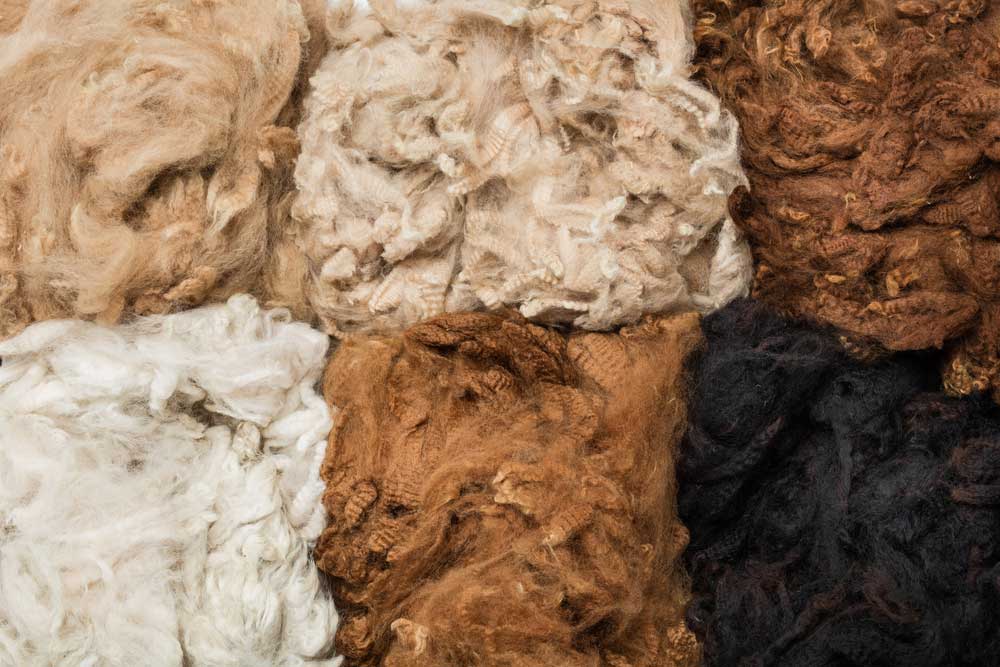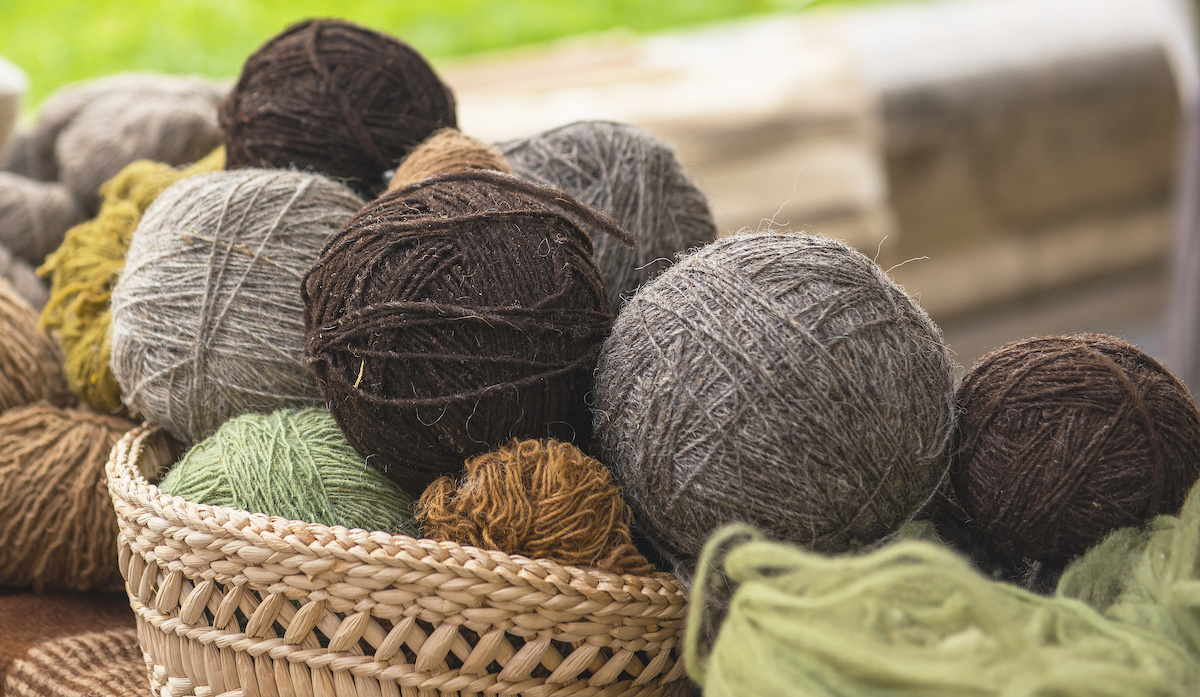The Characteristics of Alpaca Wool

Alpaca are animals that belong to the camelid family. A lot of people mistake alpacas for llamas; however, they are smaller in size than llamas. Alpacas and llamas are very closely related and can be crossbred together.
Alpacas have a body covering known as alpaca fiber or hair, which are soft and strong. The wool fibers coming from alpacas are widely accepted as luxurious fibers for materials such as alpaca quilt and winter clothing.
The History of Alpaca Wool Use
Alpacas were first domesticated by the ancient tribes of the Andean highlands of Bolivia and Peru. Andean tribes raised alpacas for their wool and their meat. Before, the wool of the alpacas was reserved only to make clothing for royalty. In the 1800s, the English brought alpaca wool home, where it gained popularity. Today, one of the largest producers of alpaca wool is Australia. However, alpaca wool that comes from Peru is still the most sought after because it is where the alpacas were originally from.
Alpacas can live in extreme climates. Alpacas that live in temperate climates will have more developed coats. Alpacas can be shorn during spring, where they can have shorter hair because of the warmer temperatures during that season.
Why Are Alpaca Wool Popular?
Alpaca wool is extremely soft because of the small diameter of each fiber strand. Likewise, alpaca wool is considered to be stronger and five-time warmer than the wool of sheep. This property is due to the air pockets found within the alpaca fibers that allow them to trap and contain more heat. Furthermore, the alpaca quilt is popular because of the following characteristics.
Soft. Alpaca quilts made of alpaca wool are soft with a silky feel. They are warmer than quilts made from sheep’s wool. Likewise, alpaca wool does not have the itchy feel that sheep’s wool may have. The smaller diameters of alpaca fibers make it soft to the touch.
Repels Water. Alpaca wool does not retain water, making it unsuitable for moisture loving pathogens like mold, mildew, and dust mites.

Hypoallergenic. The fleece of alpacas has naturally hypoallergenic and anti-staining properties. Alpaca wool does not have a lanolin coating, such as sheep’s wool. The lanolin coating of wool may cause allergic reactions to sensitive skin.
Warm. Alpaca wool is extremely breathable and is lighter than sheep’s wool. Because of its breathability, an alpaca quilt will help regulate your body temperature when you sleep, allowing you to be comfortable on both warm and cool nights.
What are the Different Types of Alpaca Wool?
Alpaca wool is in demand partly because it can come in 22 natural color variations. The rarest colors of alpacas are black and white, where their wool is highly sought after and expensive. In today’s wool industry, there are two different breeds of alpacas produced and bred in farms.
Huacaya Alpaca. This breed of alpaca is the most common. The fiber coming from huacaya alpaca is spongy and has a natural crimp. The wool from huacaya alpacas is mostly used for knit-wear.
Suri Alpaca. Suri alpacas are characterized by their long and silky hair fibers that resemble dreadlocks. Suri alpacas’ wool does not have any crimping and is an ideal fiber to be used for weaving. Suri alpaca wool is much more expensive than huacaya wool.
Alpaca wool that is used to make an alpaca quilt is considered a luxurious fiber. If you own an alpaca quilt, make sure not to wash it using a washing machine because it can easily be damaged with machine washing.





